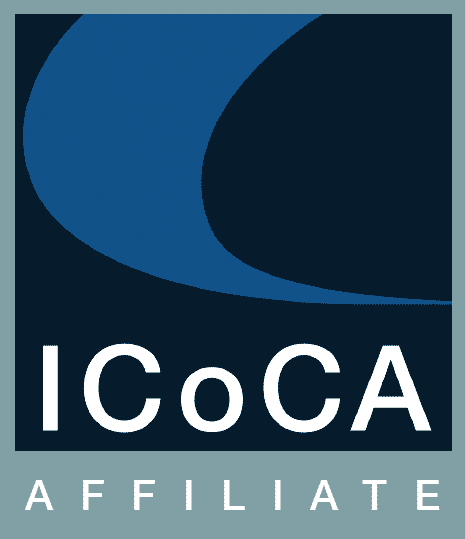Ukraine–Russia Peace Negotiations: Status and Outlook
August 29, 2025 in UncategorizedContext
Since mid-July, Washington under President Donald Trump has been pursuing new diplomatic initiatives to achieve a ceasefire in the Ukraine war. An announced ultimatum to Russia threatening harsh punitive tariffs was replaced by a summit between Trump and Putin in Alaska on 15 August.
A subsequent meeting between EU heads of state and government and Ukrainian President Volodymyr Zelensky in Washington fueled hopes for progress and a united transatlantic position. Despite these diplomatic moves, no substantial rapprochement between Russia, Ukraine and its Western partners is foreseeable.
Key judgements
- Russia remains steadfast in its maximalist demands. Diplomatic initiatives to date have not changed this. A change of course would only be conceivable under changed military or economic conditions.
- Territorial issues (especially the Donbas) are currently secondary to Russia’s strategic goal of undermining Ukrainian statehood and reshaping European security.
- The US position is inconsistent: President Trump has distanced himself from earlier demands for an immediate ceasefire and tougher sanctions. This is causing uncertainty about the reliability of Western security commitments.
- Without coordinated security guarantees and additional economic pressure on Russia, substantial progress in the negotiations is not currently foreseeable.
Timeline (14 July – 24 August 2025)
14 July 2025 – Washington’s first ultimatum
President Trump threatens Russia with harsh punitive tariffs and, above all, secondary tariffs against trading partners if Moscow does not take serious steps towards a ceasefire within 50 days. At the same time, he announces new US arms deliveries to Ukraine.
28 July 2025 – Shortening of the deadline
Trump reduces the originally scheduled 50-day deadline to 10–12 days. He signals that he wants to isolate Russia economically if no movement is apparent (secondary sanctions).
8 August 2025 – Ultimatum expires
Russia does not respond to the demands. Instead of sanctions, Washington announces a summit meeting with President Putin.
15 August 2025 – Alaska summit Trump-Putin
President Trump receives Putin in Anchorage in a high-profile setting. Result: no agreement on a ceasefire or peace process; Russia insists on maximalist demands.
18 August 2025 – Washington meeting
Meeting between Trump, President Zelensky and leading EU heads of state and government (including Merz, Macron, von der Leyen, Meloni, Starmer). Topics: security guarantees and transatlantic unity. No tangible results were achieved.
21–22 August 2025
Russia intensifies air and drone strikes, including a targeted attack on a US company in western Ukraine. Foreign Minister Lavrov calls for lengthy preliminary negotiations and blocks direct summit meetings between Putin and Zelensky.
24 August 2025
Putin’s demand for complete control over Donbas moves to the centre of the talks. Zelensky strictly rejects this: constitutionally, it is not possible to cede territory without a referendum. Polls show that a majority of the population rejects the land swap. This exacerbates the tension between domestic political constraints and international pressure.
Analysis
In recent weeks, Putin has made it clear that he is not interested in a diplomatic solution that does not meet his maximalist demands: complete control of Donbas, recognition of Crimea and the annexed territories, and influence over Ukrainian statehood. At the same time, President Trump has not clearly pursued decisive means of pressure (ceasefire demand, tough sanctions and secondary tariffs). As a result, the US line appears inconsistent and shifting during this administration.
The EU states are presenting a united front, despite individual deviations (Hungary and Slovakia). They are pledging further support to Ukraine, including possible security guarantees.
The central element is the attempt to cautiously influence President Trump in a pro-Ukrainian direction. Without the US, however, the EU lacks the power to enforce this line on its own. Economically, Moscow continues to rely on its revenues from energy exports. China and India remain important buyers of Russian oil, providing Russia with stable revenues.
The US has now decided on secondary tariffs against India, which are to take effect at the end of August. No such measures have been implemented against China to date, although they are considered the most effective lever. On the European side, due to its high dependence on natural gas, the EU has not yet imposed comprehensive sanctions on this energy source, but has only sanctioned oil and coal and partially reduced gas imports (including via Nord Stream).
Outlook
In the short term, no substantial progress in the negotiations is expected. Russia is sticking to its maximalist demands, while the US government has so far refrained from using tough economic leverage.
In the medium-term, further summit meetings could follow, but these are likely to be mainly symbolic. Real momentum would only emerge if the EU enforces its demand for tougher sanctions or the US government is prepared to increase economic pressure. Without such measures, the basis for negotiation will remain unchanged, while Russia will try to gain time with continued attacks and delaying tactics.
In the long term, a possible rapprochement depends crucially on changes in the balance of power. If Russia comes under greater economic pressure or reaches its military limits, negotiations would be more realistic. As long as these factors are absent, the peace process is likely to remain deadlocked, prolonging the uncertainty for Ukraine and its Western partners.
